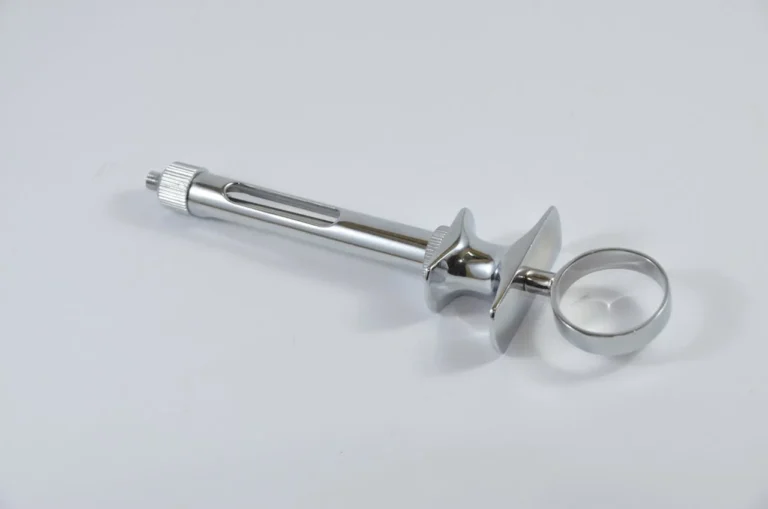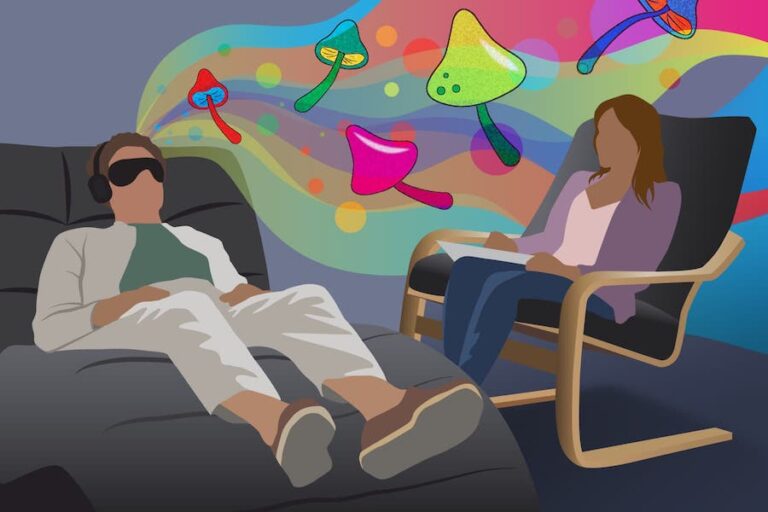What Are the Causes of Chronic Shoulder Pain?


It is a challenging health problem that often jeopardizes an individual’s well-being. Chronic shoulder pain is a long-term process in which it last for many weeks months or years as opposed to acute that arises after an injury. In order to understand the complexity behind chronic shoulder pain, it is required to analyze a number of possible causes ranging from musculoskeletal problems up through neurological factors and systemic conditions. This introduction paves the way to understanding and physiotherapy exercise for shoulder pain its roots and causes of shoulder pain.
Contents [show]
Anatomy of the Shoulder:
In order to understand causes of chronic shoulder pain, some anatomical knowledge related to the shoulder is required. The shoulder is an extremely flexible and complex joint where all these parts; bones, muscles, ligaments and tendons work as a unit. Ball and socket joint exists between the humerus, scapula and clavicle that allows wide movements.
The rotator cuff – four tendons that support shoulder stability and function — is a key element. Ligaments provide additional support, while bursae reduce the amount of contact between moving joints. Realizing this anatomy and the biological functions of these structures allows for a starting point in researching how disruptions to this complicated system may lead to shoulder pain.
Rotator Cuff Injuries:
Of the musculoskeletal causes, rotator cuff injuries are one of the prominent mechanisms responsible for chronic shoulder pain. But the rotator cuff—four tendons connecting muscle surrounding the shoulder joint that degenerate over time is at risk. Rotator cuff injuries may arise from degeneration, overuse or acute trauma.This injury appears as a tear or inflammation that is accompanied by pain, weakness and restricted movement of the shoulder joints.
The anatomical and functional characteristics of the rotator cuff, which provides clues for understanding how injury to this essential structure results in shoulder pain. Rotator cuff injuries are usually treated using a personalized method with regard to physical therapy, anti-inflammatory meds and sometimes surgery.
Traumatic Injuries:
The chronic pain that is mostly as a result of sudden accidents, falls or direct trauma to the shoulder often comes from traumatic injuries. These types of injuries inflict damage to the ligaments, tendons or bones in this joint that have a potential effect on its stability. Long-lasting pain may result from dislocations, fractures or sprains caused by trauma that fail to heal and cause complications in the injured body systems.
Traumatic events can also lead to inflammatory responses whereby an individual develops chronic pain. More often than not, rehabilitation and precise courses of medical intervention are needed to handle the consequences associated. With traumatic injuries in relation to shoulder stability or chronic pain management.
Overuse and Repetitive Strain:
Repetitive strain injuries such as shoulder pain associated with overuse are common among those who indulge in repeated or overhead activities. The repetitive jobs or sports that involve shoulder lifting, throwing. And reaching can lead to the tissues damage of shoulders.
Tendons and muscles can also be affected by inflammation or micro-tears which eventually result in chronic pain. As this allows us to untangle the role of overuse and repetitive strain in chronic shoulder pain. Adjustments during daily activities could be done along with proper ergonomics and targeted exercises.
Nerve Compression and Shoulder Pain:
Shoulder region nerve compression can cause chronic pain and discomfort. Compression of nerves can be associated with conditions like thoracic outlet syndrome or nerve impingement which is manifested in radiating pain. Tingling and numbness on the shoulder structures and upper extremities.
However, in some cases brachial plexus injuries or cervical radiculopathy may perform the role of neurological contributors to chronic shoulder pain. With imaging studies and nerve conduction tests to diagnose compression of the nerves. Physical therapy medications or surgery may be used if needed in alleviating pressure from affected nerves.
Posture and Alignment Issues:

Forward head spinal posture or rounded shoulders can cause biomechanical alterations in shoulder kinematics predisposing to chronic pain. It is also worth mentioning that ergonomic adjustments, posture exercises. And physiotherapy in chronic shoulder pain secondary to poor alignment have proved to be useful constituents.
Medical Conditions and Systemic Factors:
In addition, the pain relief of referral from organs like gallbladder or heart can also lead to shoulder pains. The identification and treatment of these underlying medical conditions is essential to controlling chronic shoulder pain from non-physics causes. A team approach involving collaboration with rheumatology, endocrinology. And internal medicine specialists will be needed for comprehensive treatment.





